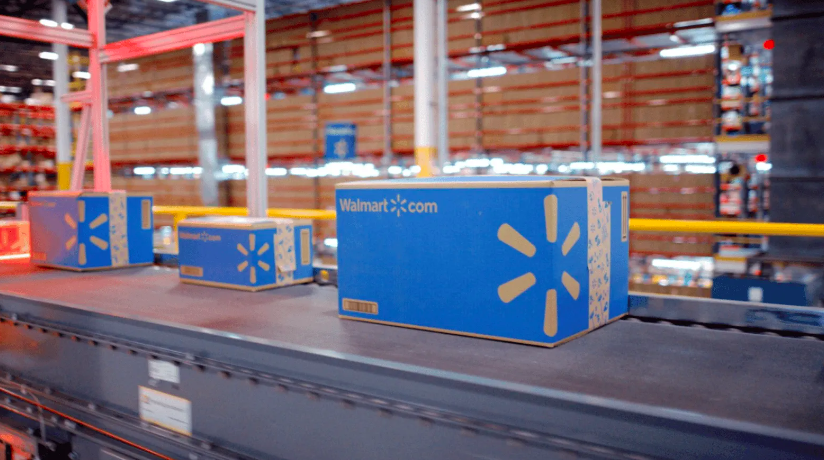Understanding Walmart Fulfillment Fees: A Complete Guide for Sellers
Mar 13, 2025

Understanding Walmart Fulfillment Fees: A Complete Guide for Sellers
Walmart Marketplace offers two primary fulfillment methods for sellers: Walmart Fulfillment Services (WFS) and Seller Fulfilled (SF). Each comes with its own set of fees that impact your profitability. Understanding these fees is crucial for making informed decisions about how to fulfill orders efficiently while maximizing profits.
Walmart Fulfillment Services (WFS) Fees
Walmart Fulfillment Services (WFS) allows sellers to store inventory in Walmart’s fulfillment centers, where Walmart handles picking, packing, and shipping. The main advantages of WFS include faster delivery times, better visibility in search results, and a higher chance of winning the Buy Box. However, using WFS comes with the following costs:
1. Fulfillment Fees
Walmart charges per-unit fulfillment fees based on the item's weight and dimensions. These fees cover picking, packing, and shipping. Here’s a breakdown:
Shipping Weight (lbs) | Standard Fee (per unit)
---|---
0 - 1 lb | $3.45
1 - 2 lb | $4.95
2 - 3 lb | $5.45
3 - 4 lb | $6.00
4 - 10 lb | $7.50
10 - 20 lb | $9.95
20 - 30 lb | $12.95
30 - 50 lb | $19.95
2. Storage Fees
Storage fees depend on how much space your inventory occupies in Walmart’s warehouses. These are charged monthly:
- January – September: $0.75 per cubic foot
- October – December: $0.95 per cubic foot (peak season rates)
Long-term storage fees apply to items stored for over 365 days at a rate of $7.50 per cubic foot.
3. Return Fees
Walmart handles customer returns for WFS orders at no additional cost, but sellers are responsible for reimbursing Walmart for the refunded order amount.
Seller Fulfilled (SF) Fees
If you choose to fulfill orders yourself, you avoid WFS fees but must handle warehousing, shipping, and customer service. Here are the key cost considerations:
1. Shipping Costs
As a seller, you are responsible for shipping costs. Walmart has specific delivery time requirements, and offering fast shipping can increase your chances of winning the Buy Box.
2. Storage Costs
Sellers using their own warehouses must factor in rental, utilities, labor, and other operational costs.
3. Returns Processing
Unlike WFS, SF sellers must manage their own returns and may need to provide prepaid return labels, which adds to costs.
How to Minimize Fulfillment Fees and Maximize Profits
Optimize product sizing – Reducing package dimensions and weight can significantly cut WFS fulfillment fees.
Avoid long-term storage fees – Monitor inventory levels and use promotions to sell slow-moving items before they hit the 365-day threshold.
Leverage bulk shipping discounts – If fulfilling orders yourself, negotiate better rates with shipping carriers.
Use data to make decisions – Track fulfillment costs and profit margins using tools like WalyMetrics to identify cost-saving opportunities.
Final Thoughts
Understanding Walmart fulfillment fees is key to running a profitable business on Walmart Marketplace. While WFS provides convenience and increased visibility, SF allows for greater control over costs. Evaluating your fulfillment strategy based on product size, storage needs, and sales volume will help you determine the best approach for your business.
For an accurate breakdown of your profits and fulfillment costs, consider using WalyMetrics, the most reliable Walmart profit-tracking tool for sellers. Stay on top of your expenses and make data-driven decisions to grow your business efficiently.
Need more insights on Walmart selling strategies? Check out our WalyMetrics Blog for expert tips and industry updates!
Want the full picture?
Log in to see your complete metrics, profit breakdowns, and more – all in one dashboard.
Start your free trial of Walymetrics

